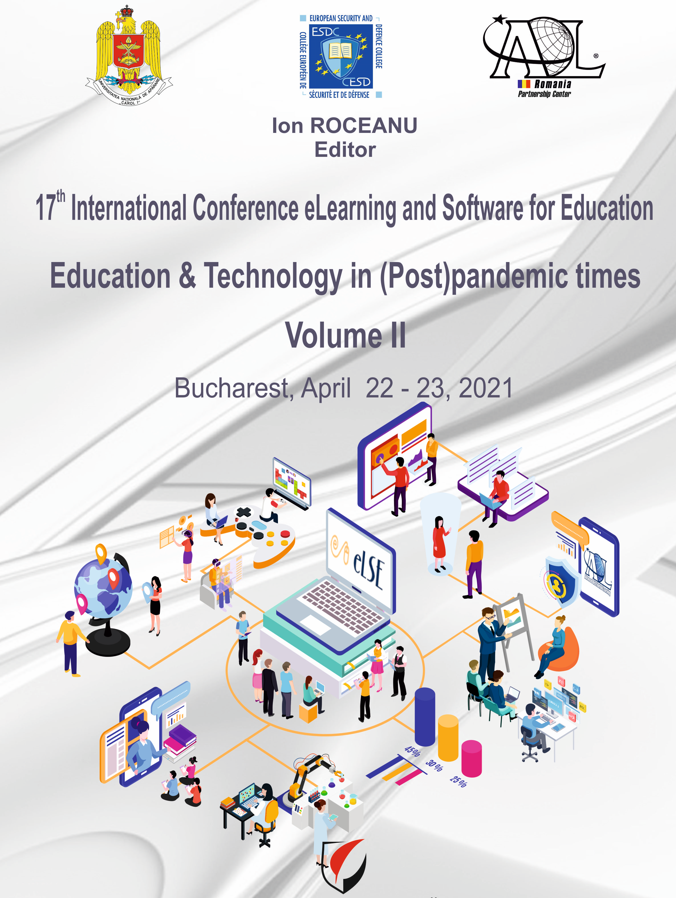E-LEARNING HUB: BUILDING WI-FI 6 NETWORK FOR COLLABORATIVE STUDYING
E-LEARNING HUB: BUILDING WI-FI 6 NETWORK FOR COLLABORATIVE STUDYING
Author(s): Maxim Usmanov, Viktor Tarasov, Nikita Belousov, Alexander Stepanenko, Andrey A. PonomarevSubject(s): Education, ICT Information and Communications Technologies, Distance learning / e-learning
Published by: Carol I National Defence University Publishing House
Keywords: E-learning Hub; Wi-Fi 6; Networks; Reliability;
Summary/Abstract: The approach to education is constantly changing, and various educational institutions and companies are looking for the most effective ways to prepare young professionals for future professional activities. Usually, they are trying to find new ways of presenting material, organizing lectures, etc. However, it is equally important to create the proper work environment for students. Here we will talk about an experimental learning hub, which main idea is the absence of real teachers. First of all, we would like to give students the freedom of finding knowledge that reflects their own vision of the world, and therefore education should take place without teacher`s participation. Final projects will be assessed by the same participants of the educational process, as well as a number of representatives of the administration, who, however, have a minimal impact on the learning process. During the work on his project, the student has the right to adhere to the timetable established independently, since there is no general academic timetable. The E-learning Hub should be open 24 hours, 7 days a week, which will allow every student to choose a convenient working time. Final examinations are also limited only by the deadline, within which the student has the right to choose any time of submission. That kind of work style will allow students to develop skills of autonomous studying and effective time management. In our case, the E-learning Hub includes three floors, divided into many zones, where students can cooperate, take the course they are interested in from the local storage, and start working together or by themselves to solve the tasks that were set in the course. The main topic of this paper is to provide students of the E-learning Hub with the necessary network architecture for comfortable and productive work. In the first part of the paper, the existing technologies will be considered and their comparative analysis will be carried out. Then, based on the selected technologies and the layout of the Hub interiors, wireless coverage maps will be built. In the final part, we will talk about connecting the wireless network segment to the wired backbone and about the solutions that have been implemented to ensure the reliability, security and bandwidth of the network.
Journal: Conference proceedings of »eLearning and Software for Education« (eLSE)
- Issue Year: 17/2021
- Issue No: 02
- Page Range: 412-420
- Page Count: 9
- Language: English

